This is the fourth of a series of five articles detailing significant changes approved by the Technical Committee for the 2018 Canadian Electrical Code Part I (CE Code). The final meeting for 2018 CE Code changes took place in June 2017. It should be noted that the 2018 CE Code was published by the CSA on January 1, 2018, and the information provided in this article is based solely on the consolidated memorandum of revisions to the CE Code, published by the CSA after the June meeting.
Section 26—Installation of electrical equipment
The first significant rule change in Section 26 is found in Rule 26-012 Dielectric liquid-filled equipment—Indoors, the allowance to install a transformer that contains non-propagating liquid having a flash point of 275°C or higher has been moved to New Subrule (5) of Rule 26-012. In addition, the word “transformer” was changed to “equipment”; this allows liquid-filled equipment that contains a non-propagating liquid having a flash point of 275°C or higher to be in a service room (it does not need to be in a vault). Subrule (2) of Rule 26-246 dealing with this subject in the 2015 CE Code has been deleted.
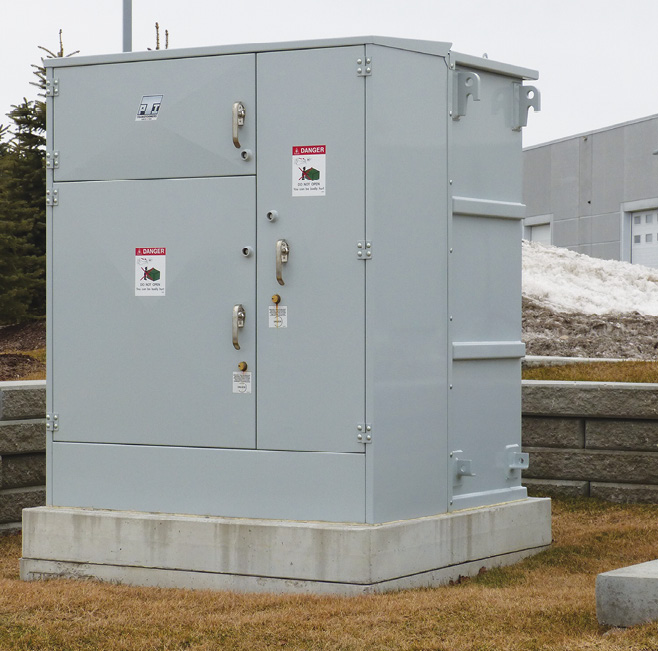
Rule 26-240 Transformers—General, has a new definition for unit substation that reads: “means an integrated unit consisting of one or more transformers, disconnecting means, overcurrent devices, and other associated equipment each contained in a suitable enclosure designed and constructed to restrict access to live parts”. This definition was added – to recognize integrated assemblies such as unit substations under Rule 26-242.
Renumbered Rule 26-242 Outdoor transformer and unit substation installations. This rule has been expanded to include unit substations requiring the same clearances for transformers and unit substation.
Renumbered Rule 26-256 Conductor size for transformers and new Subrule (4) have been inserted mandating protection in accordance with Rule 14-100 and 14-104 (tap conductor overcurrent protection, mechanical protection, and length limitations) for the primary and secondary conductors connected to a transformer.
Rule 26-512 Grounding of lightning arresters has been deleted from Section 26 of the 2015 CE Code as a duplication of requirements in Section 10. See new Rule 10-108.
2015 CE Code Rule 26-600 Location of Arc lamps was relocated as new Rule 30-324 Location of Arc lamps; in addition, Rules 26-602 to 26-608 were considered product requirements and were deleted from the Code.
Rule 26-700 General, Subrules (7), (8), and (9) regarding receptacle bonding have been moved to newly inserted Rule 26-702 Bonding of receptacles.
New Rule Number 26-702 Bonding of receptacles. Editorial changes in Subrule (2) (previously Subrule (8) of Rule 26-700) have not changed the requirements. The editorial changes include replacing the word “ground” with “bond” to align with Section 10 usage of the words; replacement of the term “receptacle enclosure” with the defined term “outlet box” to align with the use of the term in Section 12; and replacement of Items (a) though (c) with the simplified statement: “protected by a ground fault circuit interrupter of the Class A”.
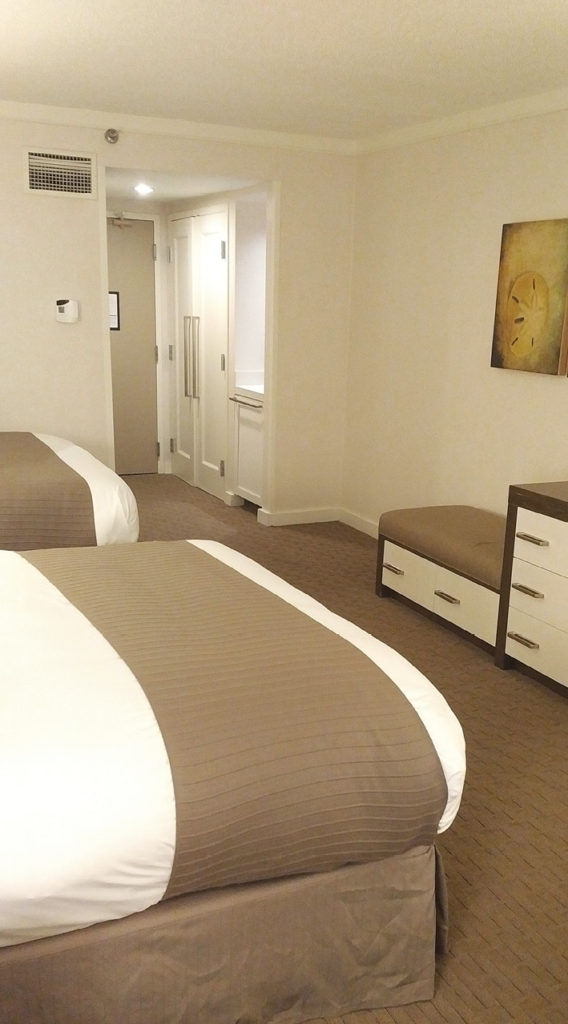
Subrule (12) of Rule 26-700 in the 2015 CE Code, the requirement for child care facilities has been moved to new Rule Number 26-706 Tamper-resistant receptacles as Subrule (1). This subrule has been expanded to mandate tamper-resistant receptacles for CSA configuration 5-15R and 5-20R receptacles in preschools and elementary education facilities, and in guest rooms and guest suites of hotels and motels.
2015 CE Code Rule 26-702 Receptacles exposed to the weather has been renumbered as Rule 26-708 Receptacles exposed to the weather, the words “or floor level” Item (b) of Subrule (3) have been added to the allowance to use cover plates marked “Wet Location Only When Cover Closed” when installed in accordance with Item (a) and “located at least 1 m above finished grade or floor level and not in a wet location.”
2015 CE Code Rule 26-710 General (Receptacles for residential occupancies) has been renumbered as 26-720 General (Receptacles for residential occupancies).
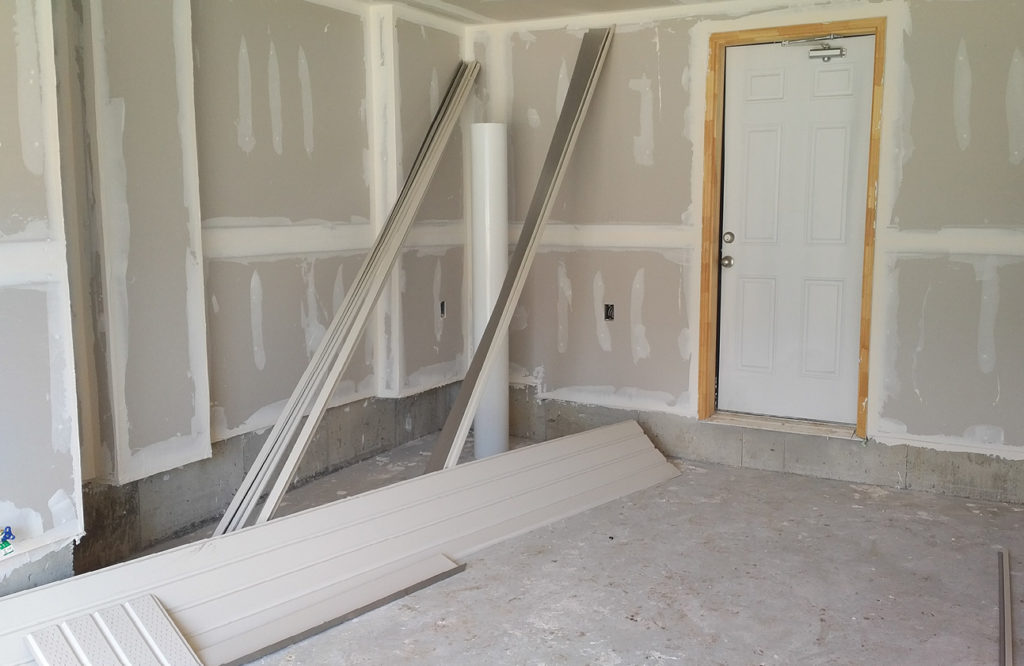
2015 CE Code Rule 26-710 Item (n) is now standalone rule Rule 26-722 Protection of residential occupancy receptacles installed outdoors by a ground fault circuit interrupter of the Class A type. In this relocated requirement, the word “automobile” was replaced with “vehicle” with respect to heater receptacles reflected in Rule 8-400.
2015 CE Code Rule 26-712 has been renumbered as 26-724 Receptacles for dwelling units.
2015 CE Code Rule 26-714 has been renumbered as 26-726 Receptacles for single dwellings, Item (b) that mandates a minimum of one receptacle in each car space in a garage or carport will now require the receptacle to be readily accessible from floor or grade level.
The heading “Branch circuits for residential occupancies” that covered Rules 26-720 to 26-726 has been replaced with the new heading “Branch circuits” and the rule renumbered as 26-650 to 26-656.
The special terminology definitions for “Arc-fault protection”, “Combination-type arc-fault circuit interrupter”, and “Outlet branch-circuit-type arc-fault circuit interrupter” remain unchanged and are now found in Rules 26-50 Special terminology.
Rule 26-652 Branch circuits for residential occupancies previously Rule 26-722 General (Branch circuits for residential occupancies) has a change in Item (a) that mandates at least one branch circuit for receptacles installed for refrigerators in a kitchen that does not supply any other outlets, (other than a clock receptacle). This new wording now allows more than one refrigerator on a single branch circuit.
2015 CE Code Rule 26-724 Branch circuits for dwelling units has been renumbered as Rule 26-654 Branch circuits for dwelling units. The first change you will find is that branch circuit requirements for single dwelling outdoor receptacles have been moved from Items (a) and (b) of the 2015 CE Code Rule 26-726 to Items (e) and (f) of Rule 26-654. Although the wording of these two items did not change, the relocation to the rule for branch circuits for dwelling units makes these outdoor receptacle requirements mandatory for all dwelling units not just single dwellings. The next change is the deletion of the 2015 CE Code Rule 26-724 Item (e) that required a separate circuit for receptacles installed to meet the minimum 1.8 m horizontal usable wall space requirement for kitchen receptacles. This deletion now allows receptacles installed in a large kitchen that are in addition to the counter, refrigerator, etc., receptacles to meet the 1.8 m usable wall space requirements can be installed on the same branch circuit as other outlets in the dwelling unit.

The next change you will see is that the arc-fault requirements were moved to new Rule 26-656 Arc fault protection of branch circuits for dwelling units. Subrule (1) previously Item (f) of Rule 26-724 requires combination-type arc-fault circuit interrupter for 125 V receptacles rated 20 A or less has a revision to the exception in Item (a)(i) previously Item (i)(A). This exception allows branch circuits that ONLY supply receptacles located within 1 m from a wash basin in a bathroom or washroom. This change improves safety by no longer allowing a branch circuit with one receptacle in a bathroom and 11 bedroom receptacles to be exempt from the combination-type arc-fault circuit interrupter requirement. The requirements in Subrule (2) previously Item (g) regarding the use of outlet branch-circuit-type arc-fault circuit interrupters have not changed. New Subrule (3) provides direction for the addition of receptacles on an existing branch circuit that is not provided with arc-fault protection. Arc-fault protection is only mandated for the additional receptacles added to the existing branch circuit. This arc-fault protection can be provided by an outlet branch-circuit-type arc-fault circuit interrupter that is installed at the first added receptacle.
26-744 Supply connections for appliances, a new Subrule (10) has been added allowing more than one branch circuits for a permanently connected electric heating and cooking appliance that is marked accordingly, as recognized by the safety standard for the electrical equipment, and provided a disconnecting means is installed for each branch circuit integral with or adjacent to the equipment in accordance with Rule 14-414.
Section 28—Motors and generators
Rule 28-010 Special terminology, the definition for “Hermetic refrigerant motor-compressor” was deleted and replaced with three new definitions for “Refrigerant motor-compressor”, hermetic “Refrigerant motor-compressor, hermetic” and “Refrigerant motor-compressor, semi-hermetic” as follows:
“Refrigerant motor-compressor — an appliance consisting of a refrigerant gas compressing section and a motor that may include a terminal box and cover, and other electrical components including starting and overload components, heaters, fans, or an electronic control.
Refrigerant motor-compressor, hermetic
— a refrigerant motor-compressor in which the refrigerant gas compressing section and motor are enclosed in the same housing, permanently-sealed by welding or brazing, with no external shaft seals, such that the motor operates in a refrigerant atmosphere with or without oil.
Refrigerant motor-compressor, semi-hermetic — a refrigerant motor-compressor in which the refrigerant gas compressing section and motor are each enclosed in separate housings which are secured together by gasketed joints and may include shaft seals, such that the motor does not operate in a refrigerant atmosphere.”
Rules 28-104 Motor supply conductor insulation temperature rating and ampacity, and 28-200 Branch circuit overcurrent protection; these rules were reformatted to make the rules easier to read. The technical requirements of these rules have not changed.
Subrule (2) of Rule 28-204 Feeder overcurrent protection; this subrule allows an increased feeder overcurrent device rating from the maximum size mandated in Subrule (1) (calculated overcurrent device for the largest motor plus the full load current for all other motors) where two or more motors are required to start simultaneously. The previous Subrule (2) allowed the feeder overcurrent device to be calculated as a “single motor” for all the motors that start simultaneously. The new change will allow “the sum of the full load current ratings of all other motors that will be in operation at the same time” to be added to the calculation. Keep in mind that the rule still limits the rating of the feeder overcurrent device to be not greater than 300 percent of the feeder conductor ampacity in accordance with Table 29.
28-700 Rules for hermetic refrigerant motor-compressors, aligned with the definition changes “Hermetic refrigerant motor-compressor” was replaced with three new definitions for “Refrigerant motor-compressor”, hermetic “Refrigerant motor-compressor, hermetic” and “Refrigerant motor-compressor, semi-hermetic” in Rule 28-700.
Section 30—Installation of lighting equipment
Rule 30-200 Near or over combustible material, Subrule (1) has been revised to required shades of guards for luminaires installed near of over combustible material where the combustible material may be subjected to over 90 °C. The change from “where combustible material is liable to be stored” to “near or over combustible material” is intended to address combustible material like the top of a cabinet door.
Rules 30-1022 Grounding of circuits and 30-1024 Bonding of non-current-carrying metal parts were reworded incorporating the requirements from Rules 30-1028 Grounding methods and 30-1030 Grounding and bonding of non-current-carrying metal parts, allowing for the deletion of Rules 30-1028 and 30-1030. These editorial changes will not impact installations.
Section 32—Fire alarm systems, smoke and carbon monoxide alarms, and fire pumps
The first change in Section 32 was to include “smoke” in the title of the section.
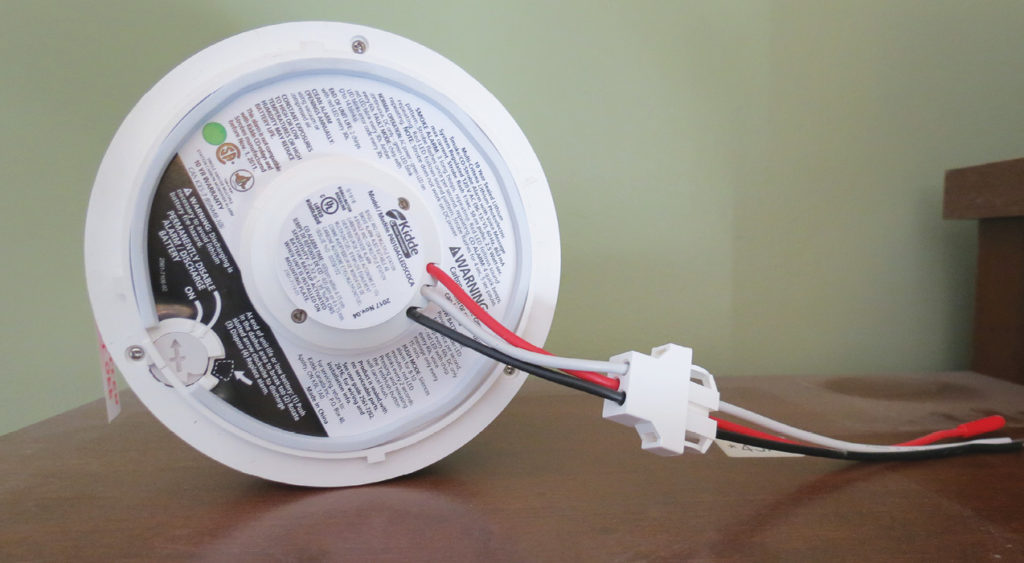
Rule 32-200 Installation of smoke alarms and carbon monoxide alarms in dwelling units, previously rule number 32-110, has a new Item (e) that allows smoke alarms and carbon monoxide alarms with an integral battery as a secondary supply to be connected to a GFCI or AFCI protected circuit.
With the rule number change for Rule 32-200, the subsection for fire pumps was moved from 32-200 to 32-300.
In Rule 32-306 Disconnecting means and overcurrent protection, previously rule number 32-206, you will find rewording of Subrule (1) that makes it clear that other than a fire pump disconnecting means overcurrent device, no device capable of interrupting the fire pump circuit is allowed between the normal power supply service box and a fire pump controller, or between the main emergency generator circuit breaker and a fire pump transfer switch. Subrule (4) was revised requiring the overcurrent device installed in a normal power supply feeder—upstream of the fire pump controller—to be rated to carry the locked rotor current of the fire pump indefinitely. This is a significant change from the previous Subrule (4) that limited the rating of the circuit breaker to the maximum circuit breaker requirements for motors in general as detailed in Section 28. In addition, a new Subrule (6) has been added to allow an emergency supply feeder circuit breaker to be connected directly to the emergency generator by bypassing the generator main circuit breaker (i.e., to the generator terminal box directly, and not to the load-side of the generator main circuit breaker).
Section 34—Signs and outline lighting
Section 34 does not have any significant changes for this Code cycle.
Section 36—High-voltage installations
The main significant change in Section 36 for this Code cycle was to replace the wording “electrical equipment room” with the wording “service room” in Rules 36-006, 36-100 and 36-104. This change was done to establish consistent terminology with CE Code Section 26 and the National Building Code of Canada. These editorial changes are not intended to change how installations are completed.
A new Rule 36-118 Conductors over buildings will not allow high voltage conductors to be installed over buildings. This brings existing requirements from Section 12 specific for installations in excess of 750 V to Section 36.
Section 38—Elevators, dumbwaiters, material lifts, escalators, moving walks, lifts for persons with physical disabilities, and similar equipment
Section 38 does not have any changes for this Code cycle.
Section 40—Electric cranes and hoists
Section 40 does not have any significant changes for this Code cycle.
Section 42—Electric welders
Section 42 does not have any significant changes for this Code cycle.
Section 44—Theatre installations
Section 44 does not have any changes for this Code cycle.
Section 46—Emergency power supply, unit equipment, exit signs, and life safety systems
Section 46 does not have any significant changes for this Code cycle.
Section 52—Diagnostic imaging installations
Section 52 does not have any changes for this Code cycle.
Section 54—Community antenna distribution and radio and television installations
Section 54 does not have any changes for this Code cycle.
Section 56—Optical fiber cables
Section 56 does not have any changes for this Code cycle.
Section 58—Passenger ropeways and similar equipment
The first of two changes in Section 58 is the deletion of the definition for “Messenger”. This special terminology definition was deleted as the word “messenger” is not used in Section 58 and the definition as such is not needed. The second change is the deletion of the reference to Rules 12-2200 to 12-2210 with respect to installations of cable tray in Subrule (2) of Rule 58-200 Wiring methods. The reference to the Section 12 rules is not needed as Section 12 already applies to the wiring method described in Section 58.
Section 60—Electrical communication systems
Section 60 does not have any changes for this Code cycle.
Section 62—Fixed electric heating systems
The first change in Section 62 was to move the Special Terminology from Rule 62-104 to 62-102, and to move the installation of heating devices and bonding from Rule 62-102 to 62-104 to align with rule formatting in other sections of the Code. In addition, a new definition for “Trace heater” was added to special terminology that simply reads, “Trace heater—see Heating cable.”
To avoid confusion, specific installation requirements were removed from Rules 62-124 Installation of series heating cable sets, 62-208 Location of heating cable sets and heating panel sets, 62-212 Installation of heating cable sets and heating panel sets, and 62-218 Installation of heating cable sets and heating panel sets under floor coverings. These installation requirements are now detailed in Table 67 and are not needed in the body of Section 62.
New Rule 62-130 Heater controls installed in proximity to sinks, tubs or showers has been added, moving existing requirements from Rule 62-202 Temperature controls; at the same time, the proposal added sinks to the list of plumbing fixtures, that heater controls are required to be separated from. This means in addition to tubs and shower stalls a manually operated heating device control is required to be a minimum of 1 m from a sink. The exception to install the control between 500 mm and 1 m from the sink, tub, or shower stall is still allowed where the heater control is either protected by a Class A ground fault circuit interrupter or the heater control is supplied by an extra low voltage Class 2 circuit.

New Rule 62-132 Heating devices installed in proximity to sinks, tubs or showers, will require all heating devices installed less than 1.8 m from the floor to be not less than 1 m measured horizontally (without piercing a wall, partition, or similar obstacle) from a sink, tub or shower stall. Subrule (2) will allow the heating device within 1 m from a sink, tub or shower stall where the heater control is protected by a Class A ground fault circuit interrupter.
Rule 62-300 Electric surface heating, the words “other than space heating” were removed from this rule in recognition that some surface heating may be used for space heating.
Rule 62-314 Skin effect trace heating. A new Subrule (2) was added requiring skin effect trace heating to meet the requirements of the application guide for design, equipment selection and installation of skin effect trace heating systems in Standard IEEE 844.2/ CSA C293.2.
2015 CE Code Rule 62-402 Pipeline impedance heating was moved and retitled as Rule 62- 316 Impedance heating in the subsection for surface heating. In addition, the references to “pipeline” were replaced with “pipe, vessel, or structure” throughout the rule. The proposal was intended to add clarity to the existing rule and to provide direction to the Code user that the rule is for more than just pipelines. These changes are considered editorial with no significant technical changes to the requirements.
The next article will cover the rest of the 2018 CE Code changes.

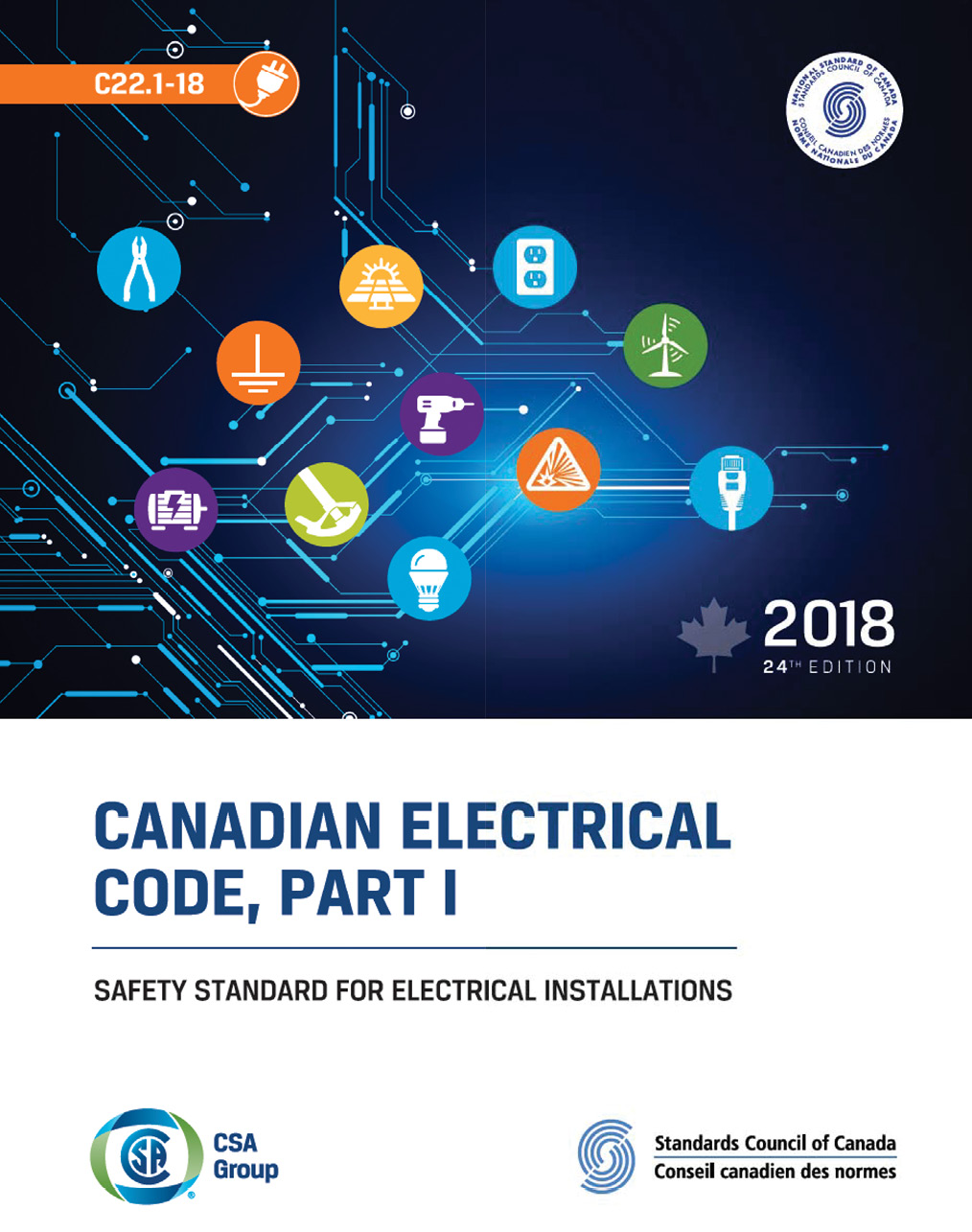









Find Us on Socials